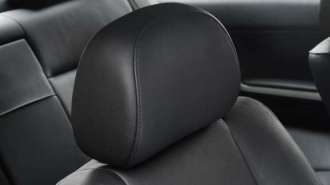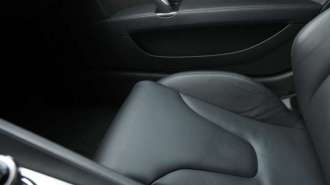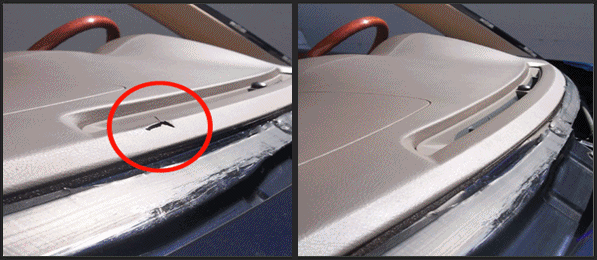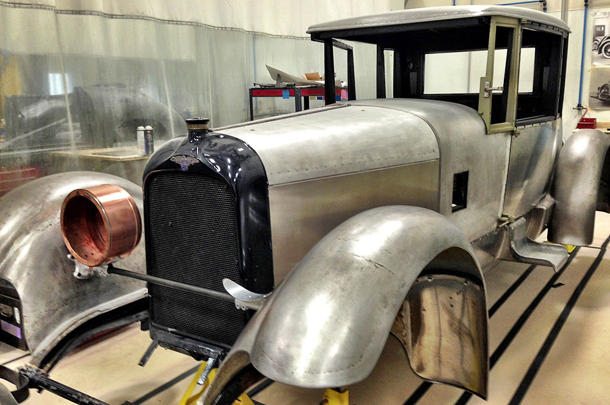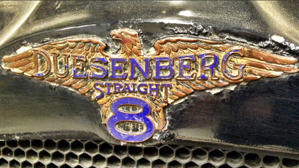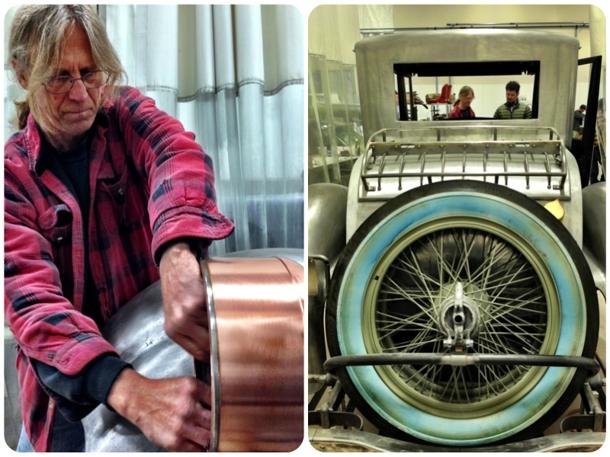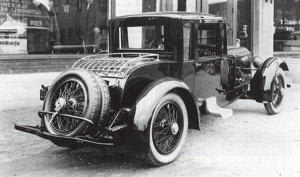Les Jackson is no ordinary guy. He restores old cars for fun.
Jackson and Satch Reed maintain a website called Second Chance Garage (www.secondchancegarage.com). Their description of the site as “a bible of restoration—how-to, auto theory, community” is generally accurate. As you wade through its pages, you’ll find most of what you need to know if you’re thinking about a restoration.
Jackson offers an Intro to Auto Restoration course in a community ed program, but at the start of each term, he rarely gets a quorum, as there’s less interest than there used to be.
“I’m concerned that restoration is a fading art or a fading hobby,” he says. “Maybe 95 percent of us have the potential to learn the process and be pretty good at it. The hard part is finding the motivation, commitment and patience. It’s a labor of love, and that’s all. If someone has to work to convince themselves, they probably shouldn’t do it.”
If you’re cut from Jackson’s cloth, have at it. But first, consider four reasons you should not restore a car.
1. YOU WILL NOT MAKE MONEY
Everyone has thought when they see a project for cheap: “Hey, I’ll snag this car, spend more time than money fixing it and then, after enjoying it, sell it at a tidy profit.”
Fat chance. Whichever restoration type you try, the overwhelming odds are that the car and the job will end up costing more than they’re worth. Yes, people have made big money through this process—but it’s almost always those you’ve paid to do the work. The car’s value simply will not support the cost of both the car and the rebuild.
Jackson does everything himself—down to stitching seats—and says he has made money on his restorations. With 17 cars to his credit, he’s both proficient and efficient. By his own calculation, for the tens of thousands of hours he’s invested, he’s returned about $3 per. In other words, he’d earn more part-time serving fries with that order.
It only gets worse from there. If you act as general contractor, the most expensive subcontracted jobs will be paint and then an engine rebuild. For decent quality work, those two jobs alone will cost more than a clean, decently restored MGB. And no one will pay top dollar for a car unless it’s a top-notch, fresh restoration. A full professional job is likely the least cost-effective proposition: Think 1000 hours at $70 or so, or $70,000. And that’s just for the labor.
Unless the car was owned by someone famous, has a documented history, or is exceptionally rare and expensive, it will cost more to restore than it’s worth.
2. YOU’LL SPEND MORE THAN PLANNED
We’ve never met an enthusiast who restored a car and didn’t overspend the budget. Ever. Even if you’ve set aside enormous mounds of cash, you’ll buy things you never accounted for. And then the price of brake kits or weatherstripping or gaskets will go up. You’ll buy things twice. If you’re taking the car apart and putting it back together, you’ll buy tools you never knew existed—and use them once. Your restorer, even if he’s a seasoned pro and not a flake, will find something he hadn’t anticipated. If you’re not satisfied with the work, you might switch shops mid-process, and that will cost. In all cases, as the restoration moves toward completion, and you shake your head in resignation at the original budget, you’ll be in the difficult position of having to skimp where you never expected you would. Or not, and spend large.
3. YOU PROBABLY WON’T FINISH
How do we count the ways? If Jackson flies through a modest, straightforward job, he will invest 1000 hours. He recommends a baseline projection of 2000 hours and much more for first-timers. Do the math: 2000 hours equals two hours and 45 minutes every day for two years. No, you get no holidays or days off.
Better to consider the old-car habit from another perspective: If it’s driven more than twice a year, an already-restored or decent original car will offer enough tuning and tinkering opportunities to satisfy those who want to work with their hands.
“Restorations take so much time no matter how you do them, and they’re tedious,” says vintage-car expert Keith Martin, publisher of Sports Car Market. “There are never any pleasant surprises.”
4. PROTECTING AN HEIRLOOM ISN’T WORTH THE AGGRAVATION, EITHER
You’ve inherited an uncle’s ’65 Mustang coupe with the 129-hp, 200-cid straight-six. This money pit is deeper still, because the cost/value equation tips further out of whack. Done properly, restoring that six-cylinder ’Stang will cost almost as much as redoing a GT 350. In number terms, think about $100,000 in a car that on a good day might get $25,000.
Is that “original is better” philosophy taking hold here? Not as it has in Europe, but it is gaining traction. A car is only original once. Spend what it takes to keep that heirloom running, and make your first $10 million before committing to more and undertaking the whole project.
BUT IF YOU INSIST . . .
Remember the Internet is a wonderful resource. Information and experts—or fools—are keystrokes away. A search will reveal regional car owners clubs, and sources such as
www.secondchancegarage.com are essential. Perhaps more significant, used-car parts are easy to find on the web. Depending on your restoration needs, replica, rebuilt or original parts with next-day shipment are available without ever talking to a human. It was not long ago that parts were scavenged in swap meets around the country. That has all changed.
“The satisfaction is similar to restoring or rebuilding a house, with some added benefits,” says Jackson. “There can be more of a community aspect to restoring a car, and when you stop for gas, people ogle and marvel. ‘You did that?’ You can’t drive a house to the gas station.”
source: http://www.autoweek.com/article/20070515/free/70514008
http://www.cooksupholstery.com
